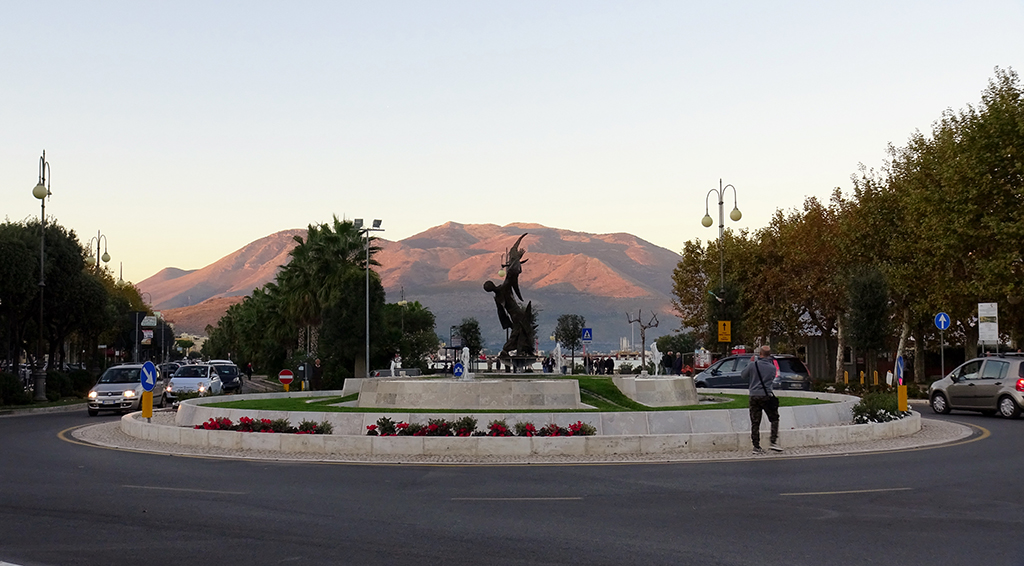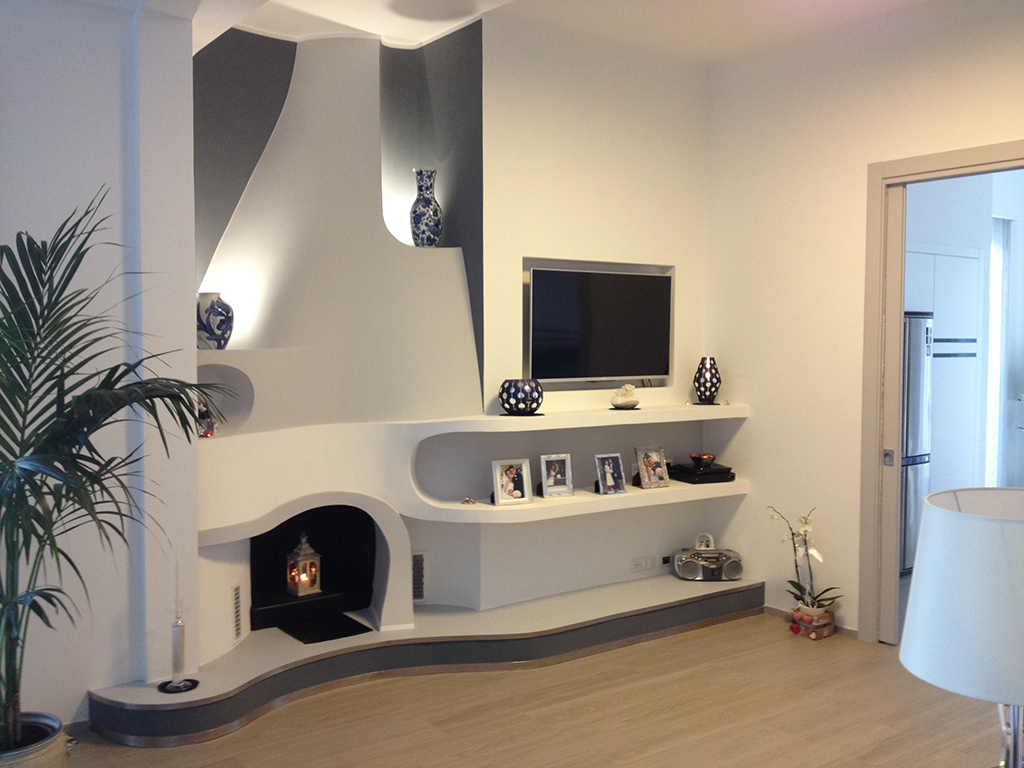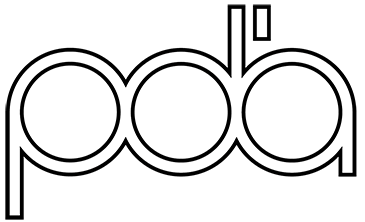
fountain in Piazza della Libertà in Gaeta – courtesy of Davide Cola
UNA SCUOLA DI PENSIERO TEMPORALE E FILOSOFICA PER UNA NUOVA ARCHITETTURA
di Davide Di Cola; Sebastian Di Guardo
S – Davide, per prima cosa parlaci degli episodi salienti dei primi anni della tua vita professionale, quelli che ricordi con maggior affetto o che ti hanno segnato.
D – Sin da piccolo ho potuto “respirare l’Architettura” nello studio di mio Padre – LDC Architettura – nella città dove sono nato, Formia.
La prima esperienza importante la ebbi nel 2009 da laureando, un tirocinio (all’epoca, era obbligatorio per la laurea) presso la società Pronaves, uno spin-off dell’Università di Roma Tre che si occupava di progettazione navale.
Approfondire la progettazione all’interno di spazi geometricamente più complessi di quelli edilizi era davvero stimolante.
Pronaves promuoveva tecnologie all’avanguardia per la propulsione elettrica o in ibrido. Per farlo progettava motori polifunzionali capaci sia di far muovere l’elica che di generare corrente per gli spazi abitativi. Questo permetteva di ridurre gli spazi dei locali tecnici a vantaggio dello spazio abitabile; era uno sforzo teso a sostituire totalmente l’oleodinamica (un sistema farraginoso a cui bisogna dedicare molta manutenzione) con l’elettronica di controllo.
Appena “presi possesso” della mia scrivania mi diedero il compito di progettare una stazione di attracco per una banchina ecologica.
Con questo progetto partecipammo al Festival Internazionale sull’energia – Lecce 2009 – e ci classificammo primi tra centinaia di progetti intervenuti da tutta Europa.
Ricordo che mi chiamò in riunione l’allora titolare dell’Azienda Stefano Carletti, comunicandomi l’assunzione a patto di laurearmi al primo appello disponibile, nel 2010, cosa che feci!
Eravamo in 4 in ufficio: L’Amministratore unico Dott. Stefano Carletti, persona incredibile – e, a detta di molti, il più grande esperto di nautica dal dopoguerra ad oggi – nonché il presidente Prof. Paolo Del Vecchio capo del dipartimento di Elettrotecnica dell’Università di Roma Tre, l’Ing. Maurizio Serao esperto strutturista e programmatore; mentre io, in breve tempo, diventai responsabile degli elaborati progettuali della società di ingegneria.
Nel 2013 ritornai a Formia e incominciai a lavorare come Project Manager nello studio di mio padre Luigi. Cominciai ripensando un’abitazione di proprietà, e le maestranze – forse colpite dal mio approccio professionale nella progettazione ed in cantiere – mi proposero come progettista in molti loro cantieri.
In un lavoro Pubblico, dove fui progettista e direttore dei lavori, conobbi Bruno Quirino, uno dei titolari dell’Azienda “Centro Italia Marmi”, che vedendo la mia abitazione decise di affidarmi l’incarico tecnico di ristrutturare una sua proprietà. Da tecnico di fiducia, diventai presto consulente per la sua azienda – ruolo che svolgo tutt’ora.

an interior design of davide cola
A SCHOOL OF TEMPORAL AND PHILOSOPHICAL THOUGHT FOR A NEW ARCHITECTURE
by Davide Di Cola; Sebastian Di Guardo; translations: L. Dumbrava
S – David, tell us firstly about the initial moments of your professional life, those which mainly influenced and affected you.
D – Since I was a child I was able to “breathe” the architecture in my father’s study – LDC Architecture – in the town where I was born: Formia. I had my first important experience during a training, before graduating, in 2009 (at that time, training was necessary in order to graduate) at the Pronaves society, a spin-off of Roma Tre University which was dealing with naval planning. Observing the planning within spaces much more complex than those buildings, geometrically speaking, was really challenging.
Pronaves was promoting avant-garde technologies regarding the electrical or in-hybrid propulsions For such a thing, there were necessary multifunctional engines capable to generate currents for the living spaces and also make the propeller move. These allowed the reduction of the local technical spaces for the living space; it was an incredible struggle to replace completely the hydraulic (a complex system which requires a lot of maintenance) with the control electronics.
As soon as I reached my desktop, they gave me the task to plan a docking station for an ecological wharf. With this project, we participated at the International Festival of Energy – Lecce 2009 – and we were among the first ones of houndreds of European projects to be classified. I recall that Stefano Carletti, former holder of the agency, called me in order to assure me a collaboration with the agency if I was going to graduate at the first try, in 2010, thing which I did!
We were four in the office: the only administrator Stefano Carletti, an incredible person and, according to some, the biggest naval expert since WW2 till nowadays; the president professor Paolo del Vecchio, head of the Electrical Engineering department of Roma Tre University; Maurizio Serao, expert structural engineer and programmer; while I, in a short period of time, became the person in charge with the engineering society’s projects.
In 2013, I returned to Formia and began to work as a Project Manager in the study of my father, Luigi. I began evaluating a propriety building and the skilled workers – probably amazed by my professional approach in planning and construction site – those people decided to be their planner in many of their construction sites.
In a public work, where I was the planner and manager, I met Bruno Quirino, one of Centro Italia Marmi’s holders who after seeing my house, decided to offer me the technical charge to restructure one of his properties. Thanks to my assurance, I soon became a consultant for his agency – charge which I still have at the moment.
